Maharashtrian Food Dishes: Basic Overview
Common Ingredients
Common Cooking Methods
Courses
Meals
Key Taste
Eating Etiquette
Meal Presentation
Culinary Festivals
Influence and Fusion
Popular Types of Maharashtrian Dishes
-
Snacks
In Maharashtrian cuisine, snacks are a vital component, offering a wide array of flavors from savory to sweet.
These light, often quick-to-prepare items are consumed between meals.
-
Bread and doughs
These dishes encompass a variety of staple foods in Maharashtrian meals, made from wheat or other grain flour.
They range from soft, fluffy bread to thin, crispy flatbreads, serving as the perfect accompaniment to curries and other dishes.
-
Curries
Maharashtrian curries are known for their rich and spicy flavor profile, created using a complex blend of spices and herbs.
These dishes can be vegetable-based or include meats and legumes, often enjoyed with rice or bread.
-
Rice Dishes
Rice dishes in Maharashtrian cuisine employ a wide range of spices and ingredients.
This results in a diverse flavor and texture.
Maharashtrian dishes are the culinary creations of Maharashtra, an Indian state located in the western region of the country.
Their staple meals are generally Lacto-vegetarian and emphasize the use of grains, legumes, and vegetables. Moreover, the cuisine is heavily influenced by the state’s coastal location and the use of local ingredients.
Still, some Maharashtrian dishes include meat like chicken and goat. They also use many kinds of spices in their dishes, with flavors ranging from mild to spicy.
Similar to various iconic delights of India, you can find a variety of chutneys and pickles paired with dishes to enhance the overall flavor. Besides the spicy flavor, many delights in this cuisine also have a tangy taste due to the appearance of tamarind, kokum, and other souring agents.
Seafood and meat preparations are prominent in coastal and urban areas, respectively, while traditional vegetarian fare dominates rural and Brahmin communities.
To know more about Maharashtrian specialties, you should uncover how these dishes are traditionally served and find out the utensils used in the cooking process.
25 Popular Maharashtrian Dishes
Get to know the tasty Maharashtrian culinary creations and make sure to use the filter system to see these dishes by their alphabetical orders, flavor, ingredients, dish types, cooking methods, and popularity around the world.
Furthermore, there are some great categories of dishes just for you, including the most popular, traditional, street offerings, and fusion options:
Misal Pav
- Street Food
- Traditional
Misal pav is a curry in Maharashtrian, often served as a breakfast item. This food has 2 main parts, including spicy curry made of moth beans (misal) and an Indian bread kind (pav), topped with farsan (a mix of fried savory snacks), chopped onions, lemon, and cilantro.
Spicy and tangy are prominent flavors of this mix, with the misal pav version of Kolhapur having an intense spicy taste.
In case you’d like to serve it as part of a hearty meal, it’s best to pair misal pav with a refreshing drink like buttermilk (chaas).
Pav Bhaji
- Street Food
- Traditional
Pav bhaji is a food that originated in the mid-19th century in Mumbai (then called Bombay) in the state of Maharashtra. It was created as a quick and affordable meal for textile mill workers, who needed a fast, filling, and nutritious meal during their short breaks.
The dish became a popular street food and is now enjoyed all over India. The meal mainly consists of pav bhaji with mixed vegetables (e.g., potatoes, tomatoes, peas, cauliflower, and bell peppers) and a blend of spices (including pav bhaji masala).
The vegetables are cooked and mashed together to create a thick, spicy curry with chunkiness from the vegetables. They are best enjoyed with pav bread.
Ragda Pattice
- Street Food
- Traditional
Ragda pattice is a popular street food from Maharashtra, India, consisting of crispy potato patties (pattice) topped with a spicy white pea curry (ragda) and various chutneys, yogurt, sev, onion, tomato, and spices.
It is a delicious and filling snack that has a mix of sweet, sour, spicy, and tangy flavors. The dish often comes in two parts, featuring the ragda (gravy) and potato patties.
Bharli Vangi
- Traditional
Bharli Vangi is a staple in Maharashtrian cuisine, where small eggplants are stuffed with a mixture of coconut, jaggery, and onions. This eggplant creation is a perfect blend of sweet and savory tastes.
Essential to any local lunch, this vegetarian specialty is celebrated across households and at festive occasions like weddings. Best enjoyed hot, bharli vangi is traditionally served with steamed rice, chapatis, or Boondi Raita.
Sabudana Khichdi
- Traditional
Sabudana khichdi is a traditional Indian dish of Maharashtrian made from soaked tapioca pearls and roasted peanuts, often garnished with grated coconut and lemon juice for added flavor.
This mildly spiced dish is known for its unique texture that combines soft, chewy tapioca pearls with crispy potatoes and peanuts. It is especially popular during fasting seasons like Shivratri, Navratri, or Ekadashi.
Sabudana khichdi is widely enjoyed across several Indian states, including Maharashtra, Karnataka, Uttar Pradesh, Madhya Pradesh, Rajasthan, and Gujarat, and is linked to efforts by King Ayilyam Thirunal Rama Varma of Travancore in the 19th century.
Vada Pav
- Street Food
- Traditional
Vada Pav, or Bombay burger, is a beloved plant-based snack of Maharashtrian cuisine. This enticing street food features a deep-fried potato dumpling tucked inside a soft bread bun, accompanied by various chutneys and a side of chili pepper for an added flavor kick.
Originating from the streets of Maharashtra and popular across India, vada pav owes its inception to Ashok Vaidya, a Mumbaikar who in 1966 crafted the first Vada Pav to serve the needs of textile workers seeking an affordable yet fulfilling meal.
For your information, August 23rd is celebrated as World Vada Pav Day.
Rassa Bhaji
- Traditional
Rassa bhaji is an Indian curry from Kolhapur of Maharashtrian, prepared using various proteins, such as mutton, lamb, fish, chicken, or seafood.
The name “rassa bhaji” translates to “watery curry,” referring to its thin consistency. The curry has many different variants, like matnacha rassa, for instance, is a fiery mutton-based curry, celebrated for its bold, spicy taste.
In contrast, pandhra rassa is a milder white curry, with yogurt as a key ingredient, providing a tangy, creamy flavor.
Pithla Bhakri
- Traditional
Pithla bhakri, aka jhunka bhakri, is a specialty of Maharashtrian cuisine, with the locals calling it “Farmer’s meal” because it is an incredibly fulfilling and nourishing dish after a long and tiring working day in the fields.
It is a kind of creamy porridge made from gram flour (besan) that goes by the name chun in Maharashtrian.
The population often eats watery, liquid-like versions of this dish with rice, while semi-liquid and dried versions are combined with roti or bhakri (a round and flat unleavened bread).
Aamti
- Traditional
Aamti is a Maharashtrian curry featuring yellow lentils, such as toor dal or split pigeon peas, as its main ingredient. Other components even come with tamarind or kokum for tanginess and jaggery for a hint of sweetness.
The texture of aamti is smooth and moderately thick, with the cooked and mashed lentils. Aamti is typically served as a part of a Maharashtrian meal, often accompanying steamed rice or roti.
Bhelpuri
- Street Food
- Traditional
Bhelpuri is a popular Indian snack, widely available throughout Maharashtra’s streets. As a distinctive type of chaat, it is especially sought after by tourists visiting Mumbai’s beaches like Juhu and Chowpatty.
The snack’s irresistible mix of crunchy puffed rice, refreshing vegetables, and tangy tamarind sauce creates a delightful crunch.
Poha
- Traditional
Poha is a delightful Maharashtrian dish made from flattened rice that hails from the south of the Indian subcontinent. It is an invention of people in Maharashtra by the Kellogg brothers in the 1890s.
These rice grains offer a yellow hue and exquisite taste since they include various spices, such as turmeric, fried mustard seeds, onions, curry leaves, and more.
The dish has a soft and slightly moist texture due to the soaked flattened rice flakes. Poha is best served hot, and often enjoyed as a breakfast or snack.
Bombil
- Traditional
Bombil, also known as Bombay duck, is a popular local fish found in the coastal areas of Maharashtra state. Interestingly, the dish does not have a duck, as its name might suggest.
Bombil is typically savored with butter, onions, and lime juice, especially favored during the rainy season. The name “Bombay Duck” came into being when it was transported by a mail train called Bombay Daak, its intense smell inspiring the phrase “.
Aluvadi
- Traditional
Aluvadi, or patra, is a must-try snack in Maharashtra, crafted from colocasia leaves and enhanced with coriander leaves. The snack’s unique rolled structure is hinted at in its name, where ‘patra’ signifies leaves and ‘vadi’ means dumpling in Sanskrit.
Aluvadi has gained popularity across various regions of India. In July 2021, it was officially recognized as a traditional culinary recipe by the AYUSH System.
Bombay Biryani
- Fusion
- Traditional
Bombay biryani, or Mumbai biryani, is a rice variant of biryani distinguishing itself with a special blend of spices and a hint of sweetness from dried fruits like plums.
Made using fragrant basmati rice, the rice comes with potatoes, meat (typically chicken, lamb, or mutton), and a selection of spices all served in one pot.
The meat, marinated in yogurt and spices, is layered with partially cooked rice, then slow-cooked to perfection, allowing the flavors to deeply infuse. It is commonly accompanied by raita or a simple salad.
Modak
- Traditional
Modak is a renowned sweet dumpling from Maharashtra, India. This delightful treat encases a sweet filling of coconut and jaggery within a shell made from rice or wheat flour.
Available in fried and steamed varieties, the steamed version is particularly popular and traditionally consumed with ghee. Characterized by its unique shape, resembling a plump teardrop or an inverted conical pyramid, modak is distinguished by a pleated or fluted pattern along its edges, culminating in a peak at the top.
Popular in Hinduism as a beloved food of Lord Ganesha, modak holds a special place in religious and festive celebrations, commonly offered to the deity during the Ganesh Chaturthi festival.
Basundi
- Traditional
Basundi is a sweet dessert in Maharashtra, Gujarat, Tamil Nadu, and many other areas across India. This vibrant treat is made by simmering milk on low heat for an extended period until it thickens and reduces in volume.
The Maharashtrians usually make it during Hindu festivals like Bhaubeej and Kali Chaudas.
The dish even comes with sitaphal basundi, a version with custard apples. Meanwhile, angoor basundi is mixed with sweet, ball-shaped, or cheese-filled dumplings.
Shakarpara
- Traditional
Shakarpara are excellent fried cookies originating from a similar Persian snack called shekarpareh. Maharashtrians also call it meethi nimki, with the treat boasting various flavors ranging from sweet or spicy to salty flavors.
The alluring aroma and crunchy texture of shakarpara are achieved by combining sugar, maida (refined wheat flour), semolina, and ghee before frying.
The result is a wonderful snack that becomes an indispensable part of various festive occasions in Maharashtra, such as Holi and Diwali.
Bhakarwadi
- Traditional
Bhakarwadi is deep-fried gram flour that produces a crisp treat with a filling of coconut, sesame seeds, or poppy seeds. Gujarat and Maharashtra are the first places to witness the appearance of bhakarwadi.
People made the first bhakarwadi by rolling the flatbread bhakri with the filling (wadi), then frying and cutting it into slices.
Shrikhand
- Traditional
Shrikhand is a traditional Indian sweet dish in Maharashtrian made from strained yogurt, which is also known as “hung curd” or “chakka”.
Aside from the strained yogurt, additives like sugar, flavorings (e.g., saffron, cardamom, and sometimes nutmeg), and chopped nuts are crucial in diversifying the flavors. In India, you can easily find it in thali (platter) or with puris (wheat bread).
Generally, it is a sweet and velvety dish that you can enjoy as a dessert after each main meal. It is also a popular food in the state of Gujarat, as well as in parts of Rajasthan and Karnataka.
Puran Poli
- Traditional
Puran poli is a sweet flatbread of Maharashtrian cuisine, combining jaggery (gur), plain flour, yellow gram (chana), ghee, and cardamom powder.
This incredible Indian bread is an indispensable part of special occasions in Maharashtra. In particular, Maharashtrians make it a lot during Holi because it is a gift for the gods.
The flatbread goes well with Paal Payasam and feasts in Kerala. Southern India is the birthplace of this sweet flatbread.
Chapati
- Traditional
Chapati is a flatbread that is commonly eaten as a staple food in many parts of India, including Maharashtra. Today, the main ingredients in chapati are wheat flour and water.
Often, the dough is typically kneaded by hand and rolled out into thin circles, then cooked on a tawa. These flatbreads offer a mild flavor with a soft and pliable texture and a slight chewiness.
There are many different varieties of chapati in different Indian cuisines. In Maharashtra, chapati is often eaten with a variety of vegetable dishes and lentil curries.
Puri
- Traditional
Puri, also known as poori, is a deep-fried bread popular in Maharashtra. Similar to other flatbreads, the key ingredients in puri include wheat flour, water, and a bit of salt.
These fried treats have a slightly nutty flavor, a crispy and flaky texture on the outside, and a slightly softer inside. As a deep-fried dish, puri comes with a crunchy profile and a hollow inside.
Puris are often served with savory dishes like curries and vegetables, or even sweet dishes like halwa. They are popular during festive occasions and special meals.
Thalipeeth
- Traditional
Thalipeeth is an iconic food of Maharashtra state, containing grain flour and different vegetables. Maharashtrians often eat it with ghee and yogurt.
Moreover, Thalipeeth has a somewhat coarse and grainy texture. People in Maharashtra regularly use tapioca and rajgira to make the batter for this flatbread during the fasting days of Hindus.
It is good to enjoy it with chutney for breakfast, dinner, or snacks.
Jhunka
- Traditional
Jhunka is a type of savory mixed dish of Maharashtra, made using gram flour and water. It is a traditional dish from the western and southern parts of India, especially Maharashtra, Karnataka, and Goa.
Known by different names, such as zunka, pithla, or chun, jhunka is cooked with oil and spices, such as green chilies, turmeric, mustard seeds, and coriander leaves. The mixture is a simple and nutritious dish often eaten with flatbread, such as bhakri or roti.
In India, jhunka is a common dish for farmers and travelers, as it is easy to make and store.
Phodnicha Bhaat
- Traditional
Phodnicha bhaat is a rice dish made from leftover rice in the style of Maharashtra. It is seasoned with spices, onion, and curry leaves, serving as a common breakfast or snack in the area.
Phodnicha bhaat means “tempered rice” in Marathi, the local language. It is similar to lemon rice from South India but has a different flavor and color.
How Maharashtrians Traditionally Serve Food On A Plate?
The arrangement of dishes on the plates of Maharashtrians is essential. It has become a cultural feature of people in this state. Most households comply with this layout to bring a complete and comfortable meal.
Maharashtrians will set salt and types of condiments in the 12 o’clock position of the plate. A glass of water and delicious side dishes, snacks, and salads will be on the left-hand side of the plate.
In particular, the less-eaten foods will be placed on the left side as people will eat with their right hand. You will enjoy the main course on the right side.
On the opposite end of the salt will be varieties of rice. Alternatively, soft and fluffy Poli, flatbread, or roti will appear in the center of the plate, at the 6 o’clock position. On your right-hand side, you’ll see dishes like curry and dal.
What Tools Are Used in Maharashtrian Cooking?
Maharashtrian cooking, like many regional cuisines in India, typically involves a variety of traditional cooking tools and utensils that are essential for preparing diverse and flavorful dishes:
It is great to learn about the tools involved in making Maharashtrian dishes. Therefore, you should share these dishes of Maharashtra and leave a comment sharing your thoughts about these specialties.


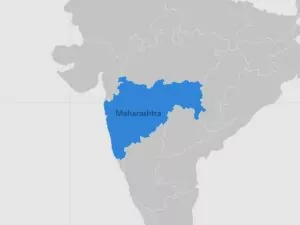


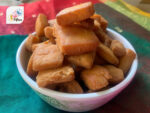
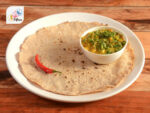
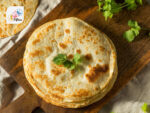
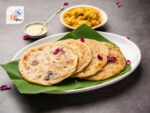
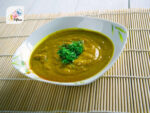
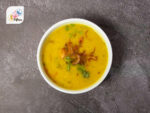
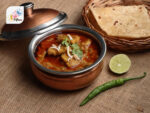
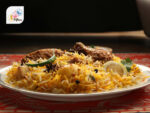
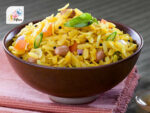
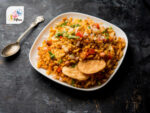
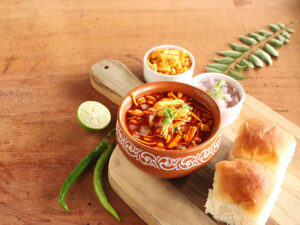
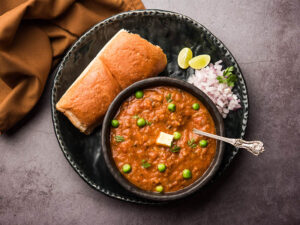
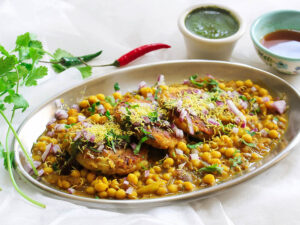
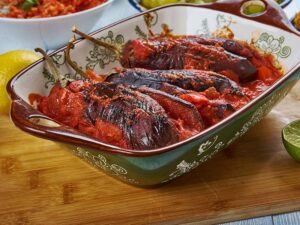
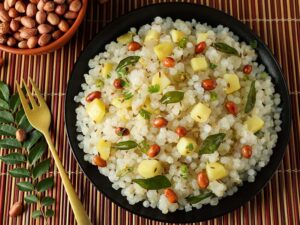
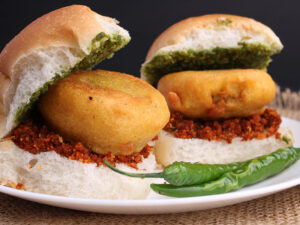
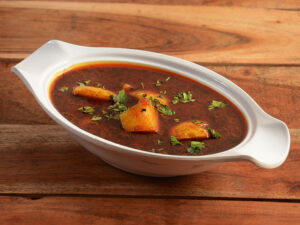
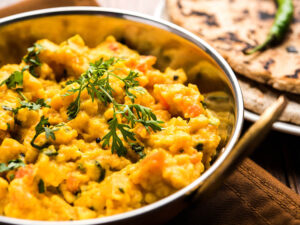
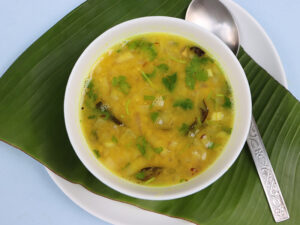
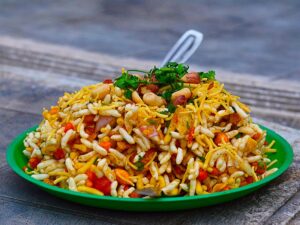
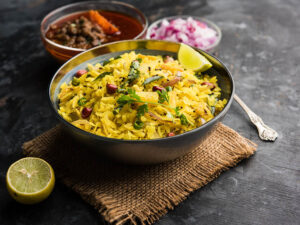
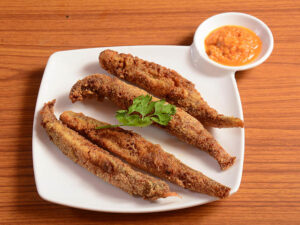
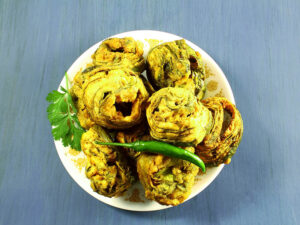
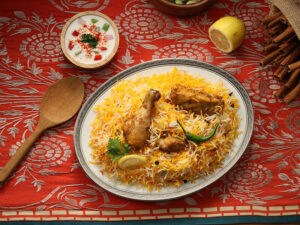
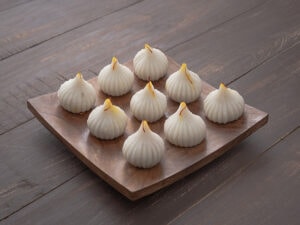
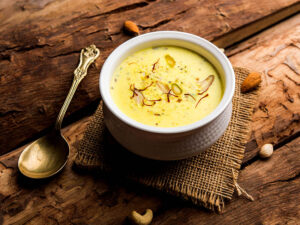
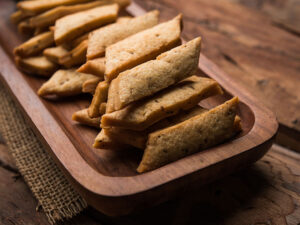
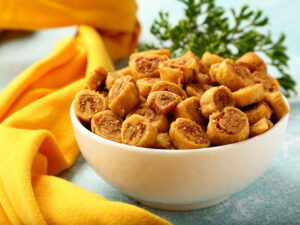
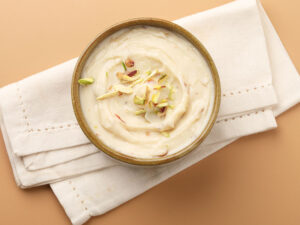
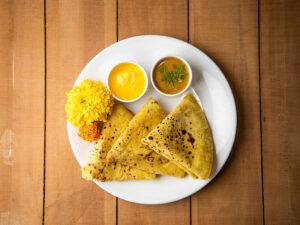
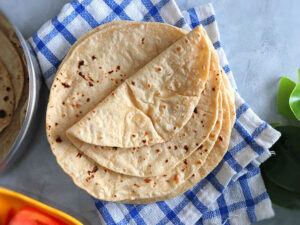

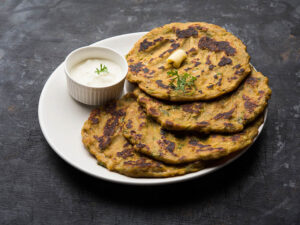
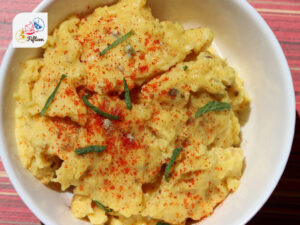
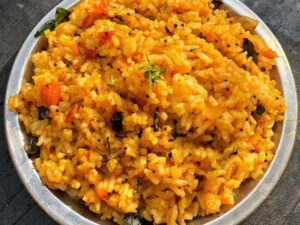
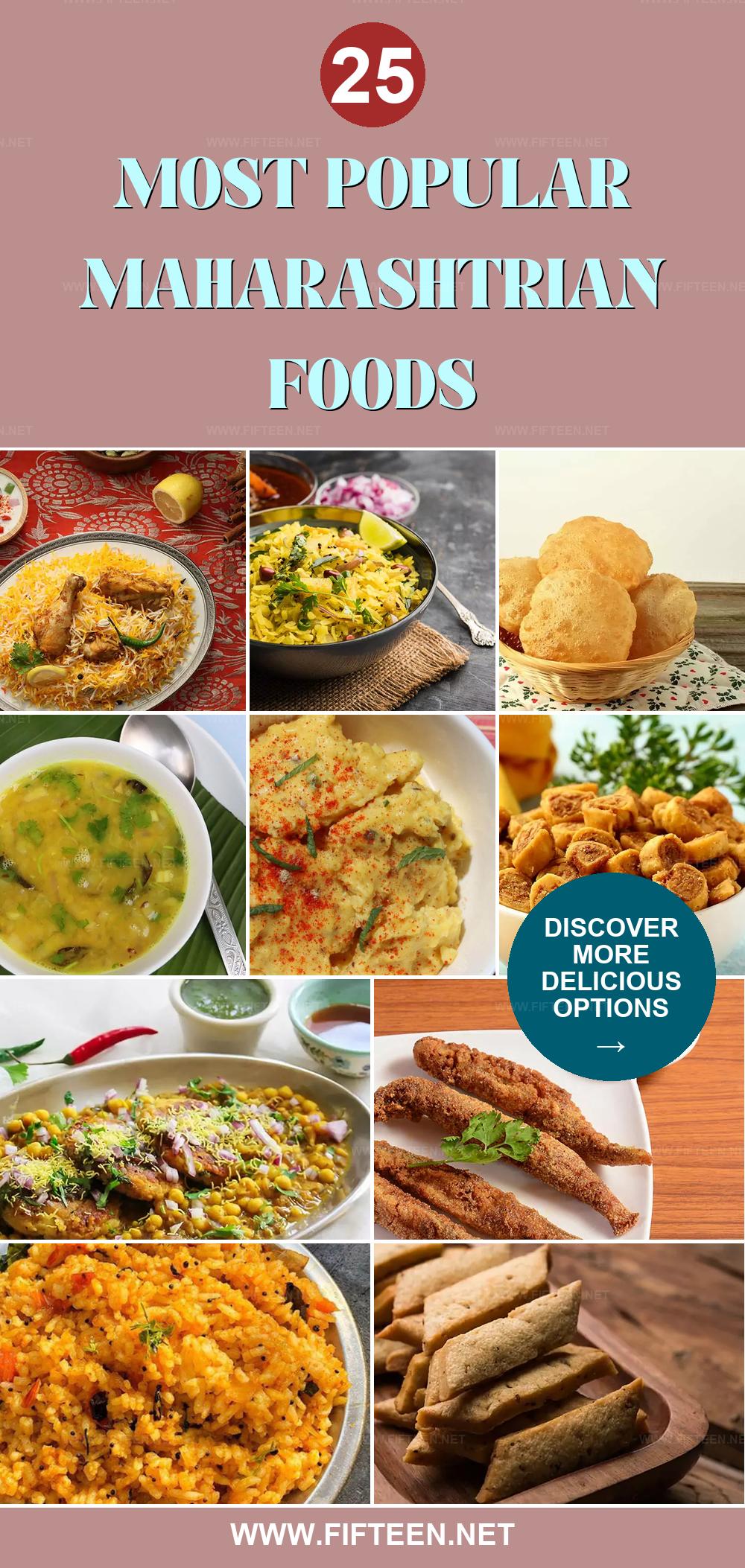

Hi..
It was great to read this information and view the mouth watering photographs. I being born and brought up in Pune from Maharashtra could relate it very much.
I happened to visit this site accidently when I was looking for traditional food in different countries. The description you have given is perfect and authentic. Wish you all the best.